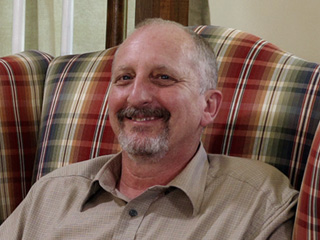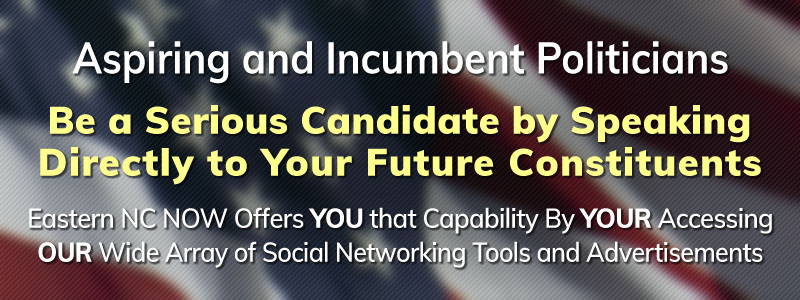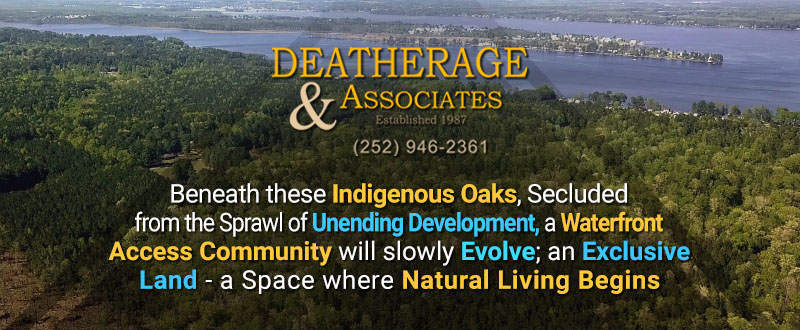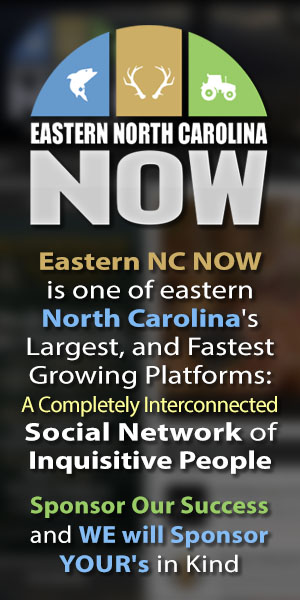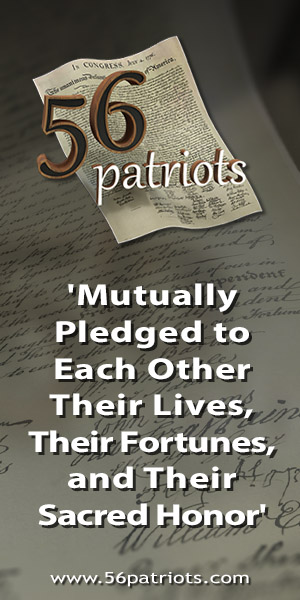Committed to the First Amendment and OUR Freedom of Speech since 2008
The terrifying truth about school choice
This edition of the Teacher's Desk is a reprint of an article by John Hood in the Carolina Journal. It is posted in its entirety here.
I'm about to talk calmly and candidly about parental choice in education. If the topic usually makes you fly off the handle, try setting aside your presuppositions, reading all the way to the end of the column, and then deciding what you think about it.
Nearly 90 percent of North Carolina students attend district-run public schools. The rest are educated in private schools, charter schools, or home schools. That percentage is down a bit from the 1990s, but not dramatically.
After this year's elections, school choice has more allies in Raleigh than ever before. The incoming leaders of the Republican legislature are already signaling their commitment to abolish the cap on charter schools early in the 2011 session, and many advocate other reforms such as tuition tax credits for special-needs and disadvantaged students to attend schools of their choice.
Now, imagine that choice activists see most of their agenda enacted into law next year. (Yes, that assumes Gov. Beverly Perdue would buck the power of the teacher union and sign such legislation, or that the General Assembly would muster the bipartisan coalition necessary to override any vetoes.) What would be the likely result?
Based on experience in other states and countries with major school-choice programs, the percentage of North Carolina students educated in charter, private, or home schools would grow - to perhaps 25 percent within a few years. In other words, the vast majority of the K-12 population would remain in district-run public schools.
If this result shocks you - either because you feared school choice would destroy public education, or you hoped it would - I'm sorry. I know that it can be jarring when reality intrudes on one's cherished political fantasies. But the debate about school choice in North Carolina is no longer confined to theoretical musings or direct-mail fodder. There is a very real possibility of school-choice legislation moving through the General Assembly in the coming months. So no more kidding around. No more extravagant claims or shameless pandering.
As a longtime proponent of the cause, I think that more than doubling the share of students attending schools of choice in the next few years would have a huge and positive effect, not just on those students but on North Carolina education as a whole. It would put pressure on school districts to compete. It would serve as a large-scale demonstration project for alternative means of educating students, particularly those poorly served by the current monopoly provider. And it would draw new resources into education - human resources, mostly, those of involved parents and innovative educators and entrepreneurial philanthropists - while reducing the cost to taxpayers by tens of millions of dollars a year.
But I also recognize that the resulting distribution of students would not be markedly different from the current one for higher education, where about three-quarters of students attend government-run colleges and universities. That hardly sounds radical, or even revolutionary.
If abolishing the charter-school cap, enacting educational tax relief, and passing other reforms led to as many as a quarter of North Carolina students attending schools of choice, that wouldn't make us unique. It would just make us a bit more like some of our international competitors. A little-known fact is that America has one of the most government-dominated education sectors in the developed world, particularly when it comes to secondary schools.
According to the data from the Organization for Economic Cooperation and Development, most high-school students in the Netherlands, Belgium, and Chile attend private schools, usually with a tax subsidy of one kind or another. About half of Korean and British students, one third of Japanese and French students, and one-quarter of Australian, New Zealand, and Spanish students attend schools we would categorize as either private or charter schools.
What's more, all of these countries spend less tax money per pupil than the United States does, often significantly less. Most outperform America in international tests, as well.
School choice may be a necessary component of any serious effort to reform education in North Carolina, but it is not sufficient. Because most students will remain in the district-run schools, reformers need to devote attention to other matters, too, such as academic standards, performance pay and alternative certification for teachers, and funding flexibility.
So, if you can honestly say that it terrifies you to think the share of students attending district-run public schools might drop from about 90 percent to about 75 percent because of school choice, I can honestly say that I don't get you.
Please help me understand the source of your terror.
Hood is president of the John Locke Foundation.
Delma Blinson writes the "Teacher's Desk" column for our friend in the local publishing business: The Beaufort Observer. His concentration is in the area of his expertise - the education of our youth. He is a former teacher, principal, superintendent and university professor.
Go Back
I'm about to talk calmly and candidly about parental choice in education. If the topic usually makes you fly off the handle, try setting aside your presuppositions, reading all the way to the end of the column, and then deciding what you think about it.
Nearly 90 percent of North Carolina students attend district-run public schools. The rest are educated in private schools, charter schools, or home schools. That percentage is down a bit from the 1990s, but not dramatically.
After this year's elections, school choice has more allies in Raleigh than ever before. The incoming leaders of the Republican legislature are already signaling their commitment to abolish the cap on charter schools early in the 2011 session, and many advocate other reforms such as tuition tax credits for special-needs and disadvantaged students to attend schools of their choice.
Now, imagine that choice activists see most of their agenda enacted into law next year. (Yes, that assumes Gov. Beverly Perdue would buck the power of the teacher union and sign such legislation, or that the General Assembly would muster the bipartisan coalition necessary to override any vetoes.) What would be the likely result?
Based on experience in other states and countries with major school-choice programs, the percentage of North Carolina students educated in charter, private, or home schools would grow - to perhaps 25 percent within a few years. In other words, the vast majority of the K-12 population would remain in district-run public schools.
If this result shocks you - either because you feared school choice would destroy public education, or you hoped it would - I'm sorry. I know that it can be jarring when reality intrudes on one's cherished political fantasies. But the debate about school choice in North Carolina is no longer confined to theoretical musings or direct-mail fodder. There is a very real possibility of school-choice legislation moving through the General Assembly in the coming months. So no more kidding around. No more extravagant claims or shameless pandering.
As a longtime proponent of the cause, I think that more than doubling the share of students attending schools of choice in the next few years would have a huge and positive effect, not just on those students but on North Carolina education as a whole. It would put pressure on school districts to compete. It would serve as a large-scale demonstration project for alternative means of educating students, particularly those poorly served by the current monopoly provider. And it would draw new resources into education - human resources, mostly, those of involved parents and innovative educators and entrepreneurial philanthropists - while reducing the cost to taxpayers by tens of millions of dollars a year.
But I also recognize that the resulting distribution of students would not be markedly different from the current one for higher education, where about three-quarters of students attend government-run colleges and universities. That hardly sounds radical, or even revolutionary.
If abolishing the charter-school cap, enacting educational tax relief, and passing other reforms led to as many as a quarter of North Carolina students attending schools of choice, that wouldn't make us unique. It would just make us a bit more like some of our international competitors. A little-known fact is that America has one of the most government-dominated education sectors in the developed world, particularly when it comes to secondary schools.
According to the data from the Organization for Economic Cooperation and Development, most high-school students in the Netherlands, Belgium, and Chile attend private schools, usually with a tax subsidy of one kind or another. About half of Korean and British students, one third of Japanese and French students, and one-quarter of Australian, New Zealand, and Spanish students attend schools we would categorize as either private or charter schools.
What's more, all of these countries spend less tax money per pupil than the United States does, often significantly less. Most outperform America in international tests, as well.
School choice may be a necessary component of any serious effort to reform education in North Carolina, but it is not sufficient. Because most students will remain in the district-run schools, reformers need to devote attention to other matters, too, such as academic standards, performance pay and alternative certification for teachers, and funding flexibility.
So, if you can honestly say that it terrifies you to think the share of students attending district-run public schools might drop from about 90 percent to about 75 percent because of school choice, I can honestly say that I don't get you.
Please help me understand the source of your terror.
Hood is president of the John Locke Foundation.
Delma Blinson writes the "Teacher's Desk" column for our friend in the local publishing business: The Beaufort Observer. His concentration is in the area of his expertise - the education of our youth. He is a former teacher, principal, superintendent and university professor.
| Governor Perdue delivers good news at Washington Civic Center | Teacher's Desk, Editorials, Op-Ed & Politics | Abortion: Where Conscience Meets the Womb |
Latest Op-Ed & Politics
|
Biden wants to push this in public schools and Gov. deSantis says NO
Published: Thursday, April 25th, 2024 @ 9:19 pm
By: John Steed
|
|
eve 45% of Latinos support mass deportation
Published: Thursday, April 25th, 2024 @ 12:40 pm
By: John Steed
|
|
this at the time that pro-Hamas radicals are rioting around the country
Published: Thursday, April 25th, 2024 @ 8:01 am
By: John Steed
|
|
Pro death roundtable
Published: Wednesday, April 24th, 2024 @ 12:39 pm
By: Countrygirl1411
|
|
populist / nationalist anti-immigration AfD most popular party among young voters, CDU second
Published: Wednesday, April 24th, 2024 @ 11:25 am
By: John Steed
|
|
political scheme behhind raid on Mar-a-Lago
Published: Wednesday, April 24th, 2024 @ 9:16 am
By: John Steed
|
|
how many of these will come to North Carolina?
Published: Tuesday, April 23rd, 2024 @ 1:32 pm
By: John Steed
|
|
Barr had previously said he would jump off a bridge before supporting Trump
Published: Tuesday, April 23rd, 2024 @ 11:37 am
By: John Steed
|




